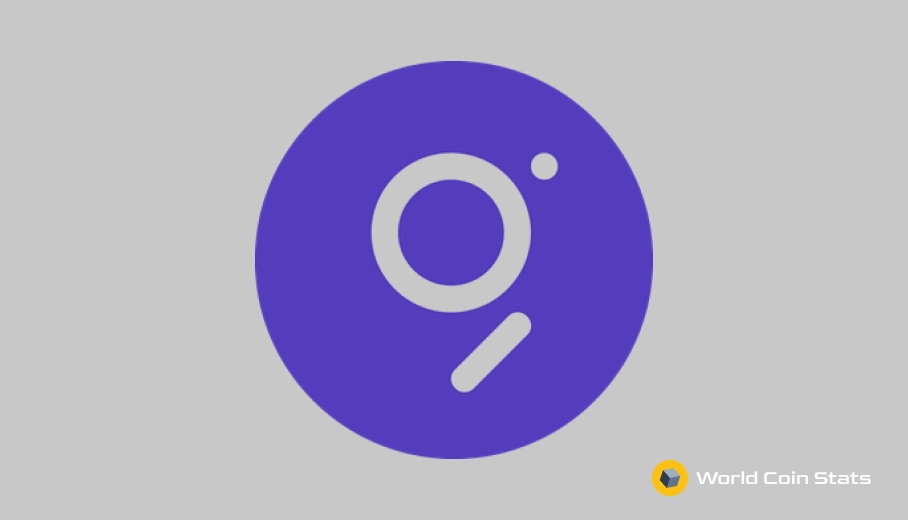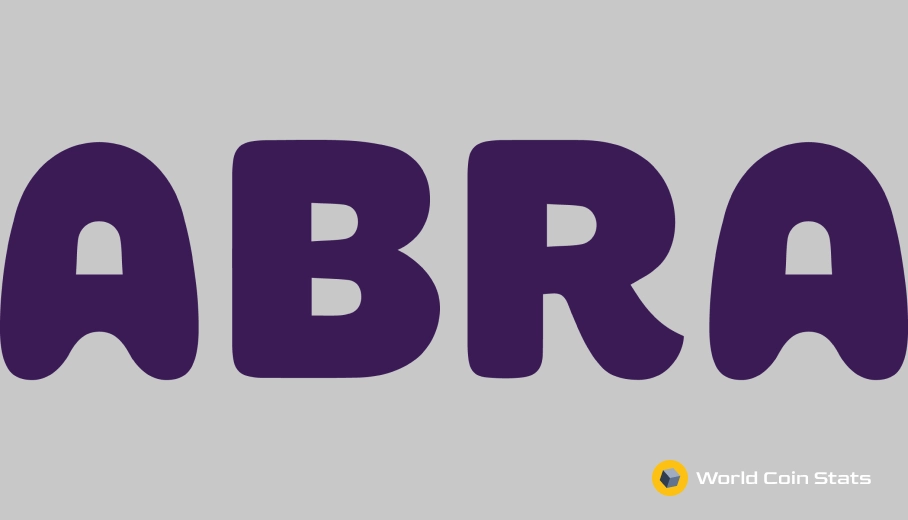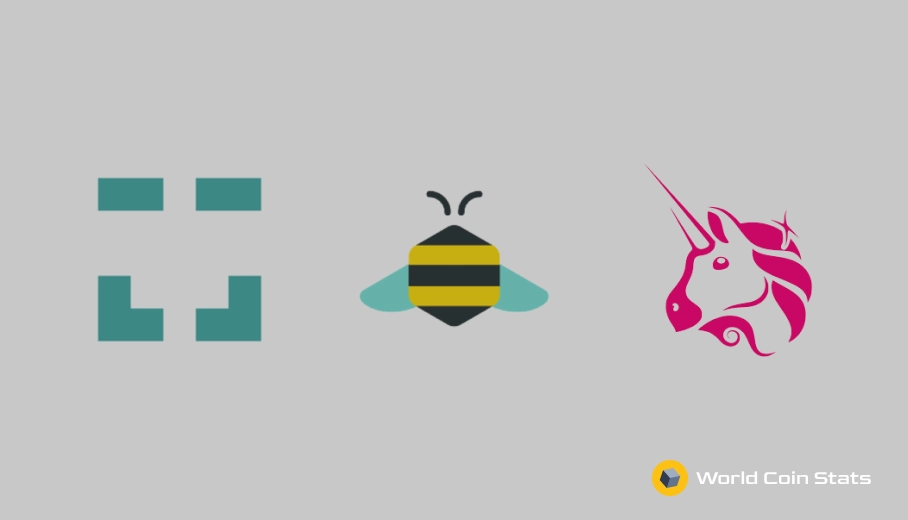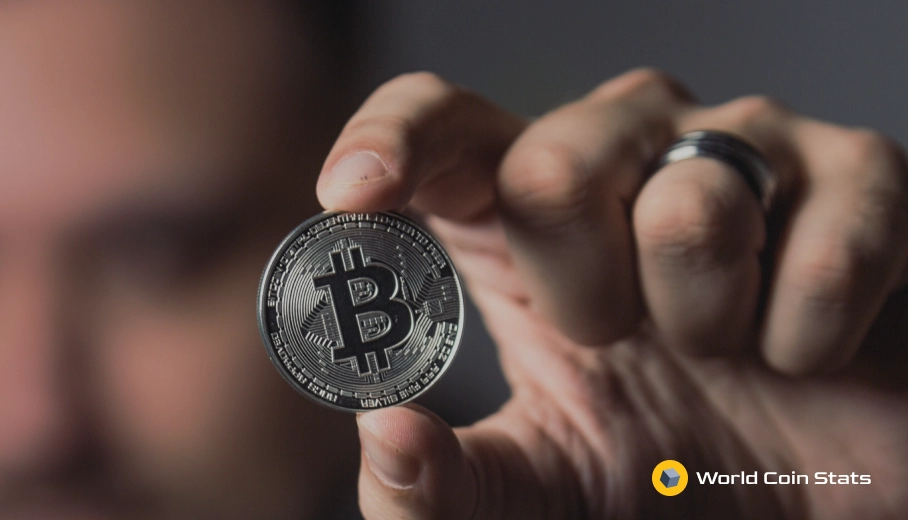Everything You Need To Know About The Graph (GRT)
The Graph is one of the more interesting and popular projects on DeFi. With that in mind, this article will cover absolutely everything you need to know about it including what it does, how much it’s worth, and whether or not it’s a good investment.
Contents
The Graph Overview
Basically, The Graph is a protocol for indexing blockchains and subsequently making the data easy to access. In a sense, you can think of The Graph as the blockchain equivalent of Google.
This use has earned The Graph the apt nickname – “the Google of the blockchain.”
Blockchain Indexing Explained
Indexing on the blockchain comes in two varieties. There is centralized indexing and decentralized indexing.
The Graph is a decentralized project, which makes it trustless and permissionless. This is obviously better for the project and cryptocurrency as a whole.
Anyway, The Graph works by indexing the blockchain using GraphQL language as opposed to the more standard SQL. Indexing is basically storing the blockchain data on a database, cataloging it a reference point, and searching the catalog when a qwerty is made. Again, this is the same concept as Google – Google has a catalog of the internet and matches search queries to web addresses.
The Graph is the same thing, but with blockchain rather than the Internet.
What Is The Use Case of The Graph?
The Graph has a massive use case for it. However, its use is almost entirely for dApps rather than end users.
That use is dApps that need to access smart contracts on the blockchain and do not want to create an in-house solution nor rely on a centralized indexing service.
Yes, this is a huge case for The Graph. It is a complicated process to write software that indexes the software and means that dApps have to focus resources on solving other problems in an unexploitable manner.
What Blockchains Can The Graph Be Used With?
The Graph actually supports a few networks. Of course, it supports Ethereum, but it also supports Polygon, Binance Smart Chain, Avalanche, xDAI, Fantom, and more.
The Graph team is also working on adding support for more blockchains.
History & Founders of The Graph
The Graph has a little bit of an unusual founding for a decentralized application – venture capital firms bought 34% of the total supply of GRT for $3.5 million. 4% of the coins were sold for a total of $12 million in an ICO in October 2020.
Before the ICO, 2% of the GRT tokens were pre-sold to the community and indexers at $0.023 ($5.2 million total).
Now, the founders of The Graph come from a tech background.. The CEO is a former electrical engineer named Yaniv Tal, the technology leader is computer programmer Jannis Pohlmann, and robotics expert Brandon Ramirez leads the R&D department.
This core team created a separate company called Edge & Node that works on development for The Graph.
Is The Graph Decentralized?
Yes, we would say that The Graph is decentralized despite having a large amount of VC funding. The reason we say it is decentralized is that The Graph started a foundation to manage decisions, and this foundation is made up of a board of 10 community members, indexers, and some of the core team.
This, of course, is not fully decentralized, but it’s a step in the right direction for a project launched less than a year ago.
The Graph – Token Breakdown
The Graph has an interesting token breakdown. We would not call it the best token breakdown in cryptocurrency, but we have seen worse.
GRT Holder Breakdown
GRT holders are broken down into the following percentages.
- Community*: 35%
- Early Team & Advisors: 23%
- Backers: 17%
- Early Backers: 17%
- Edge & Node: 8%
*Note: 58% of this community percentage is made up of The Graph Foundation.
To summarize, the breakdown of GRT ownership is pretty bad overall. The team, The Graph Foundation, early backers, backers, and Edge & Node control a whopping 85% of GRT.
That is a little concerning. The good news is that there is a vesting schedule for GRT. The bad news?
The vesting schedule is rather quick.
The supply of GRT will triple at the one year mark in October as early investors will have most of their tokens unlocked. More tokens will vest within the first two years, but this will stabilize after that and new tokens will be created in a relatively linear pattern for the next five years.
The Graph (GRT) Tokenomics
GRT tokenomics rely on five different parties interacting with each other to maximize their return. However, at the current moment there are only four active parties participating in The Graph’s ecosystem.
Here is a brief description of all the parties and how they interact with each other:
Curator: Curators signal data they believe is worth indexing. If the data earns GRT, then the curators receive a cut of the fees. This is a good enough incentive for curators to curate blockchain data.
Indexer: Operate a Graph node by staking GRT. Rewards are paid when data is indexed and the indexer charges a fee for answering queries. The fee is in competition with other indexers, which ensures a fair price.
Delegator: Stake GRT without running a node themselves. You can view them as investors of successful nodes/indexers.
Consumer: Query indexers and pay fees (in GRT) to indexers.
Fishermen (not in use): Earn GRT for detecting problems on the network and/or finding arbitrage opportunities.
Is The Graph a Good Investment?
Yes, The Graph is likely a very good investment. It’s a new project that solves a real, major problem on DeFi.
This is evidenced by the fact that query volume has grown 50% every month of 2021. Furthermore, 75% of The Graph consumers are DeFi applications with the other 25% made up of video games (12%) and other, non-DeFi markets (12%).
Basically, GRT is an opportunity to enter the ground floor of a project that has the potential to be a backbone of decentralized finance. Many users call it “the Google of blockchains.”
Again, this is not the type of cryptocurrency you should put all of your money into – it’s still speculative. However, this shows far more potential for growth than most other altcoins on the market today.
To summarize, GRT is a good investment if you believe in the future of DeFi. DeFi is a great technology and likely the future of finance in our opinion, which makes GRT one of the best cryptocurrency investments you can make at the moment.
Where to Buy The Graph (GRT)?
GRT is available on a surprising amount of centralized exchanges. Gemini and Coinbase are the two most notable exchanges that GRT is available on in the United States.
Additionally, it’s an ERC-20 token, so it’s available on all the decentralized exchanges if you prefer purchasing on a decentralized exchange.
Closing Thoughts
That sums it up for The Graph. It’s yet another interesting project that will likely be one of the backbones of the DeFi ecosystem.
This is one project that solves a real problem. The problem it solves is a big problem on a growing ecosystem, which makes GRT a great long-term investment.




